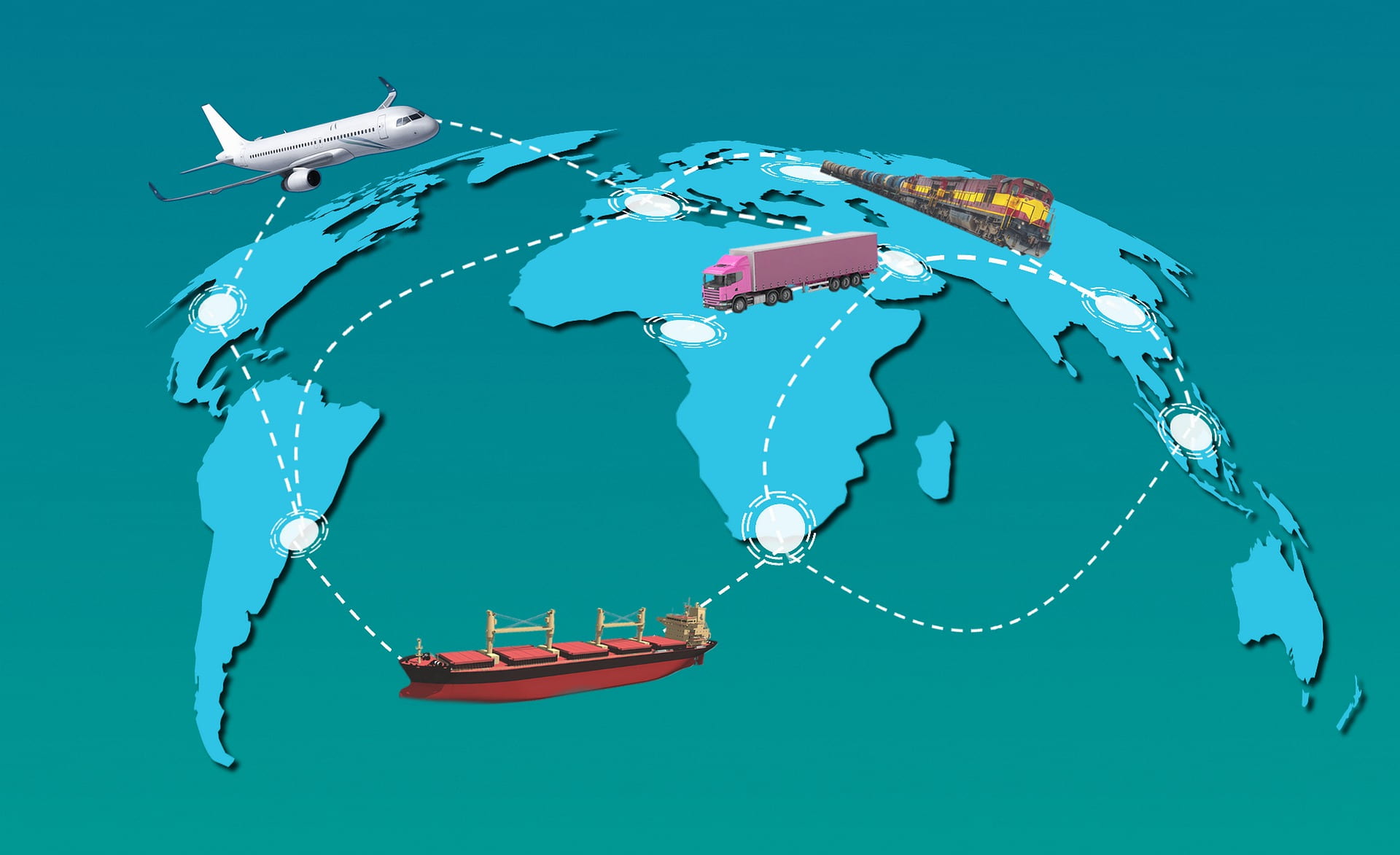Article written by: Chaodong Han, Professor of Logistics and Chair of the Business Analytics and Technology Management Department*
First, hand sanitizer. Then, face masks. And now, rapid test kits. We have become accustomed to the shortage of personal protective products throughout the pandemic. However, are we ready for the continued shortage of paper towels, toilet paper, table wine, and breakfast cereal? Amazon Prime members are annoyed by a two-week or longer delivery despite a free two-day shipping promise. It is disturbing that prices have skyrocketed for almost everything, including gas, groceries, used cars, toys, clothing, appliances, and furniture.
What has happened? What started as a supply shock caused by production lockdowns in China due to the COVID-19 pandemic spread rapidly to the entire world and triggered a global supply chain breakdown: plant closures, port crises, warehouse idling, and delayed last-mile delivery.
The COVID-19 pandemic has exposed the longstanding structural weaknesses of the U.S. supply chain: a shortage of truck drivers due to high turnovers and early retirement, deteriorating roads and bridges, rising labor and fuel costs, inefficient port operations due to unionized workers and aging infrastructure, frequent disputes with major trade partners, and dependence on global supply of critical materials and products due to outsourcing. The pandemic has only worsened America’s vulnerabilities to supply chain disruptions.
Notably, the American Trucking Association estimates that the U.S. was about 80,000 drivers short of the workforce needed to keep goods moving freely in 2021. Regulations including vaccine mandates only make it more difficult to retain the logistics workforce and recruit new truckers and warehouse workers.
U.S. oil firms produced 12.29 million barrels of crude oil per day in 2019 but had to slash production in 2020 when faced with no demand due to lockdowns. With speedy economic recovery, U.S. demand for oil rebounded to 20.6 million barrels per day in 2022. However, the U.S. oil production barely reached 11.85 million barrels per day as of November 2021, much lower than the pre-pandemic level. Cancellations of the Keystone XL pipeline and drilling leases in the Arctic National Wildlife Refuge combined with geopolitical conflicts only put upward pressure on oil prices. The U.S. has lost its briefly-held status as a net exporter of petroleum. Skyrocketing energy prices add unexpected costs to the supply chain and make frequent deliveries even harder and less desirable.
While supply remains severely constrained by the pandemic and government policies, demand for physical goods has significantly surged due to unavailability of services, historically low interest rates and the U.S. government’s stimulus and relief packages.
The U.S. government responded to the pandemic with expansionary monetary policies and a series of stimulus and relief packages. President Trump allocated a total of nearly a trillion dollars for direct cash payments, expansion of unemployment benefits, grants to small businesses through the Paycheck Protection Program, educational relief funds, and agriculture relief funds through The Coronavirus Preparedness and Response Supplemental Appropriations Act, The Families First Coronavirus Response Act, and the CARES Act. President Biden signed the American Rescue Plan Act with a $1.9 trillion price tag, including increased direct cash payments, increased child tax credit, expanded unemployment insurance and benefits, and continuing funding for education, public transit, and rental assistance. The recently signed Infrastructure Investment and Jobs Act budgeted another $1.2 trillion including $550 billion for infrastructure.
Unsurprisingly, the stark mismatch between stimulated demand and constrained supply has resulted in the current supply chain crisis.
In the transportation sector, the unemployment rate was 4.7% in January 2022, a drop of 4.3 percentage points from 9% a year ago. However, the unemployment rate remains above the pre-pandemic level of 3.4% as reported in January 2020. Millions of jobs are unfilled due to drops in labor-force participation. The U.S. labor force participation rate declined to 60.2% in April 2020, 61.7% in July 2021 and 61.9% in December 2021 from 63% in the pre-pandemic period.
To seek long-term solutions to the U.S. supply chain vulnerabilities, the U.S. federal, state and local governments may ease policies and lift regulations which may have hindered the supply of labor and fuels, keep inflation at bay and speed up modernization of waning infrastructure in partnership with the private sector. U.S. companies may consider transformation of their global supply chains in the aftermath of the pandemic, including diversifying supply bases, shortening supply chains through nearshoring or onshoring, and building a resilient logistics network.
Understandably, pay raises alone may no longer be an easy fix to the labor shortage problem facing the logistics industry. Logistics companies may adopt automation, build a work and cultural environment attractive to new generations, and leverage people analytics to identify potential demographics for truckers and warehouse workers.
*This article represents the research and perspective of Professor Chaodong Han of the Department of Business Analytics and Technology Management.


